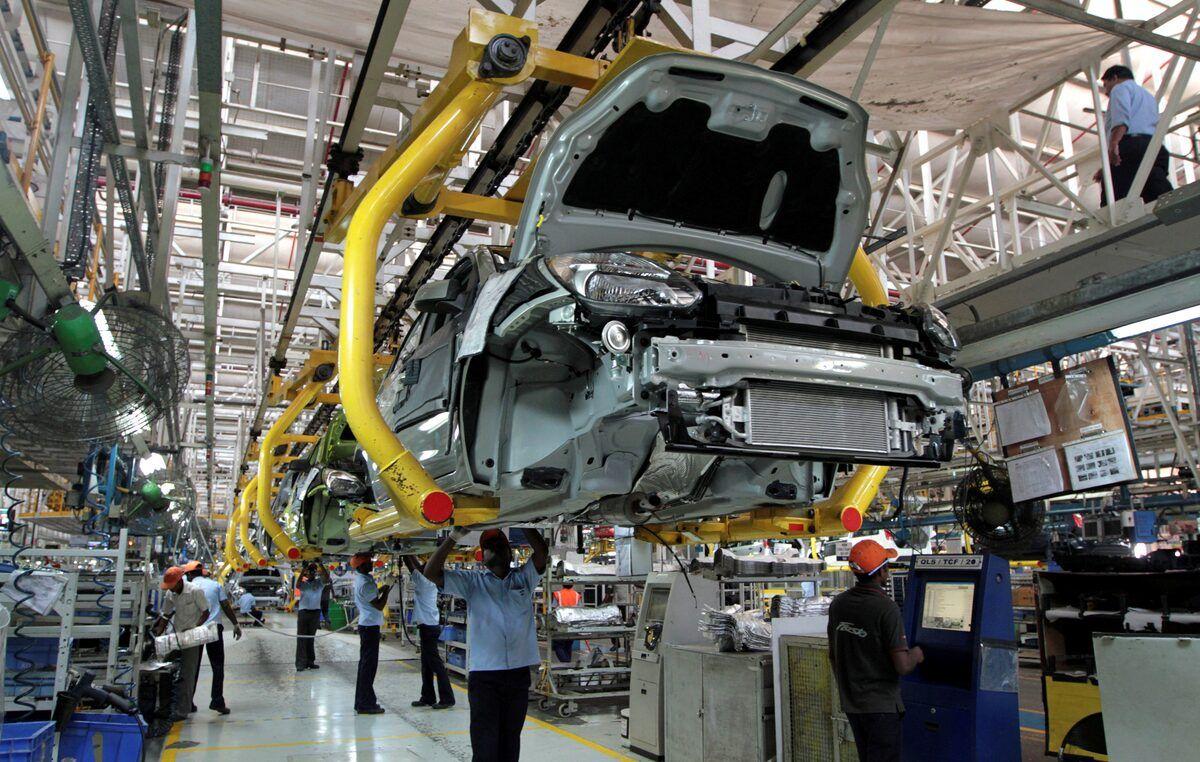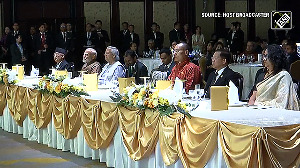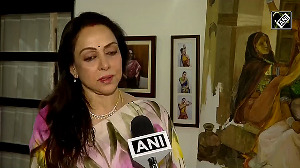Auto parts exports from India may see a slight slowdown as US President Donald Trump’s 25 per cent tariff could increase car prices for buyers by 8–25 per cent, thereby affecting demand, experts believe.

In a March 26 order, the Trump administration subjected automobiles, auto parts, and steel and aluminium articles to Section 232 tariffs at 25 per cent. While the detailed list of auto components subject to the import tariff is awaited, industry insiders pointed out that bilateral negotiations may lead to a “balanced resolution”.
On the other hand, global auto majors believe a possible free trade deal resulting from the Trump tariff could create a win-win situation for both domestic and international players.
The US imported around 8 million cars in 2024, amounting to around $240 billion in trade value.
Cars made in the US contained about 40 per cent imported components, according to financial services firm Wedbush Securities.
The move could result in a price increase of $4,000 to $12,500 per car due to tariffs, depending on the vehicle, according to a recent estimate by Anderson Economic Group, a consultancy that has worked with major automakers.
India’s passenger car exports to the US were worth $8.9 million in 2024 — just 0.13 per cent of its total car exports of $6.98 billion, according to the Global Trade Research Initiative.
For commercial vehicles, this figure was around 3 per cent.
“We have always said that free trade is something we support.
"They (free-trade agreements) allow new technologies to enter and provide market access to other countries,” said BMW India president Vikram Pawah.
The German automaker currently imports 5 per cent of its car sales in India.
Tata Motors is expected to face an indirect impact, as the US sales volume of its group firm, Jaguar Land Rover (JLR), was 32 per cent in the first nine months of FY25, said Sanket Kelaskar, analyst, Institutional Equity, Ashika Group.
The luxury carmaker may have to implement price hikes or cost-cutting measures to maintain margins, he said.
Another Indian OEM with considerable exposure to the US market is Royal Enfield, which holds 8 per cent of the US mid-size motorcycle market.
The firm’s Super Meteor 650 ($7,999) is still cheaper than the Harley-Davidson Iron 883 ($9,999), providing a pricing cushion. However, the tariff could moderate export growth in the US.
The Automotive Component Manufacturers Association of India (ACMA) expressed hope that ongoing bilateral negotiations between India and the US would lead to a balanced resolution benefiting both economies.
“We believe that the strong trade relationship between India and the US, especially in the auto components sector, will encourage continued dialogue to mitigate the impacts of these measures.
"ACMA is committed to engaging with all stakeholders to ensure the long-term interests of the Indian auto component industry,” said Shradha Suri Marwah, president of ACMA and chairman and managing director of Subros.
Kelaskar said auto components may be subject to tariffs from May 3, but confirmation is still pending.
“If imposed, this could impact major Indian suppliers such as Samvardhana Motherson, Sona BLW, and Bharat Forge.
"The US manufacturing wage is around 10 times that of India, making it difficult to completely shift production, so a revision of the tariffs remains a possibility," Kelaskar said.
Deven Choksey, managing director of DRChoksey Research, said the JLR impact may not affect Tata Motors directly, as it transferred 80 per cent stake in JLR to Tata AutoComp Systems (TACO), a subsidiary of Tata Sons.
Though JLR still remains in the Tata Group ecosystem, it is no longer a subsidiary of Tata Motors.
“This transfer appears to be part of Tata Motors’ broader strategy to streamline its operations, optimise its subsidiary structure, and focus on core automotive manufacturing and innovation, particularly as JLR pursues its 'Reimagine' strategy toward electrification and luxury market leadership,” he added.
For Tata Motors, this move reduces direct exposure to JLR’s operations, which contributed around Rs 3,182 crore to its revenue in the last financial year, about 0.98 per cent of Tata Motors’ consolidated revenue.












 © 2025
© 2025